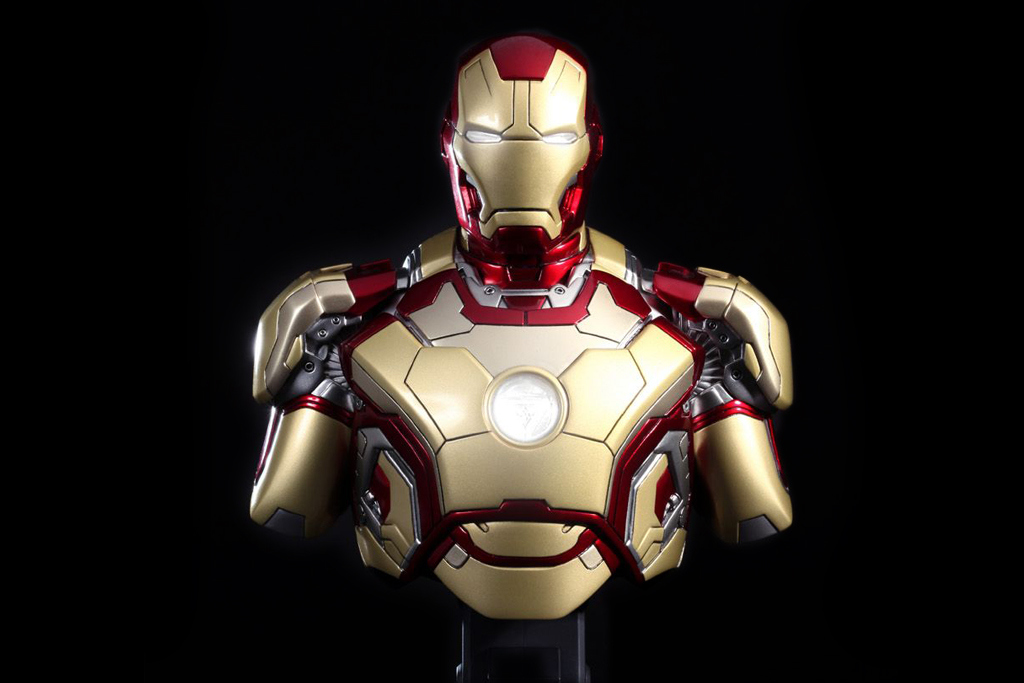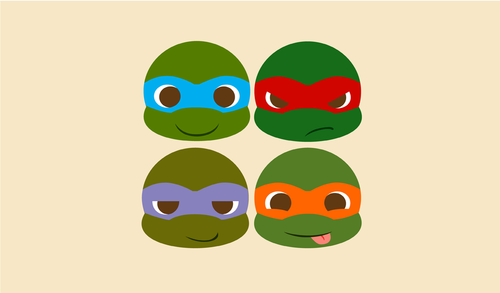Circuits Project
Logic Gates
On Monday, we had learned to make logic gates in the Cedar Logic program. Here's an example of an AND gate and OR gate.
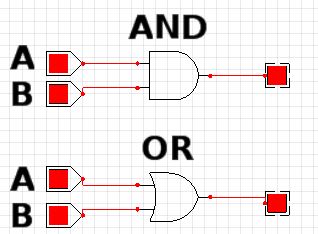
Here's an adder circuit that can add up to two.
The ones digit is on the bottom right.
When both inputs are on, it represents the number 2, and the ones digit is off.
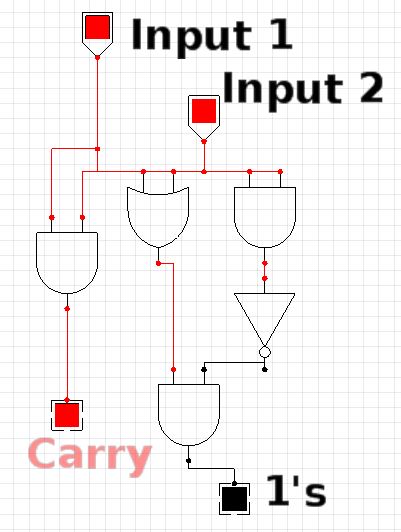
You can also replace the two AND gates, the OR gate and the inverter in the circuit with and XOR gate.
Here's an example;
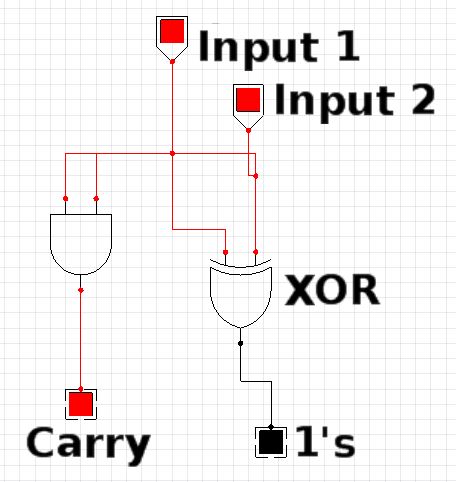
Counting Binary
On Monday, we had also learned about counting binary.
After the telegraph was invented, humans had a way to represent "on" and "off".
We used binary numbers to count.
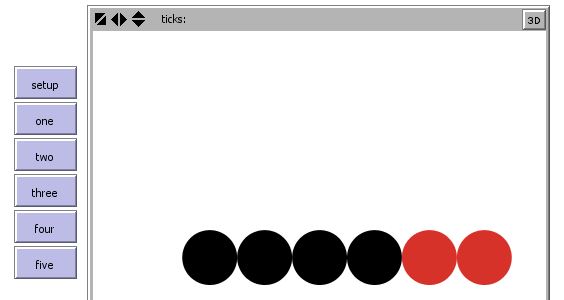
Soldering
On Tuesday, we learned about soldering. Soldering is a process where two metals are joined together by melting and flowing solder into the joint.
As an experiment, we used soldering on this robot pin that was like a circuit board.
Here's how the robot turned out to be;

We had also watched a video on a young inventor from Sierra Leone.
Here's the video;
Computer Memory
Also on Tuesday, we learned how to make the computer count.
To have computer memory, we needed a circuit that would stay in place until we wanted to change it.
This needs a gated SR latch or flip flop.
Here's an example;

Operating Systems
An operating system is a software that manages computer hardware and software resources.
It also provides common services for computer programs.
There are many types of operating systems, such as, real-time, multi-user, multi-tasking vs. singles-tasking, distributed, templated, and embedded.
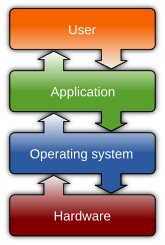
Examples of Operating Systems
Linux and GNU
Another example of an operating system is Linux and GNU.
The GNU project is a mass collaboration of programmers who seek to create a completely free and open operating system that was similar to Unix but a more original code.
GNU/Linux is a Unix-like operating system that was developed without any actual Unix code, unlike BSD and its variants.
GNU/Linux can be used on a wide range of devices from supercomputers to wristwatches.
The Linux kernel is released under an open source license, so anyone can read and modify its code.

Windows
This is a Microsoft Windows operating system.
Windows is used in many computers, including mine.
You have to be very careful with Windows since it is very prone to viruses.

Apple
The last example is Apple.
It is the Apple Mac operating system.
It is in Mac books made by Apple in their stores.
Apple can rarely get viruses.
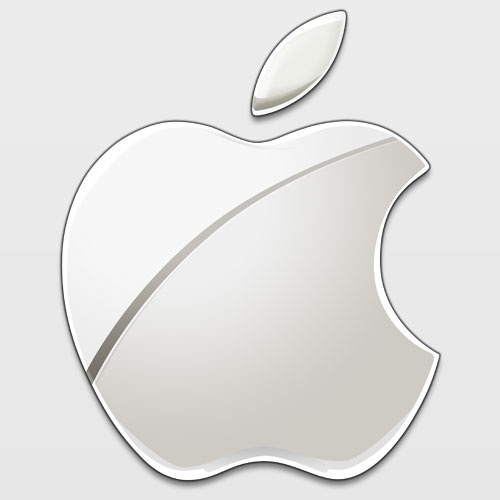
Transistors
On Thursday of week two, we learned what a transistor was.
A transistor is a semiconductor device used to amplify and switch electronic signals and electrical power.
We used the transistor in class today to conduct a current from the collector(-) to the emitter(+) when the base was connected to a positive lead.

Moore's Law
Moore's law is the observation that, over the history of computing hardware, the number of transistors in a dense integrated circuit doubles approximately every two years.
This law is named after the co-founder of the Intel Corporation, Gordon E. Moore.
Transistor Count
The transistor count of a device is the number of transistors in the device.
Here's a chart on the CPU Transistor Counts of Moore's Law

Troubleshooting
On Friday of week two, we even had tried troubleshooting ourselves.
I have never had any troubleshooting with my computer but this was an experience.
Our screen would not turn on so it was really frustrating to my group and I.
It kept showing "Self Test Feature Check" or would turn off by itself.
We looked at the computer and some things were disconnected.
The ones that were disconnected didn't have a spot to be connected at so we didn't know what to do.
Overall, I don't like troubleshooting.
















